COVID-19 pandemic has brought global economies to a halt, while unprecedented quarantine measures are leaving thousands of people jobless
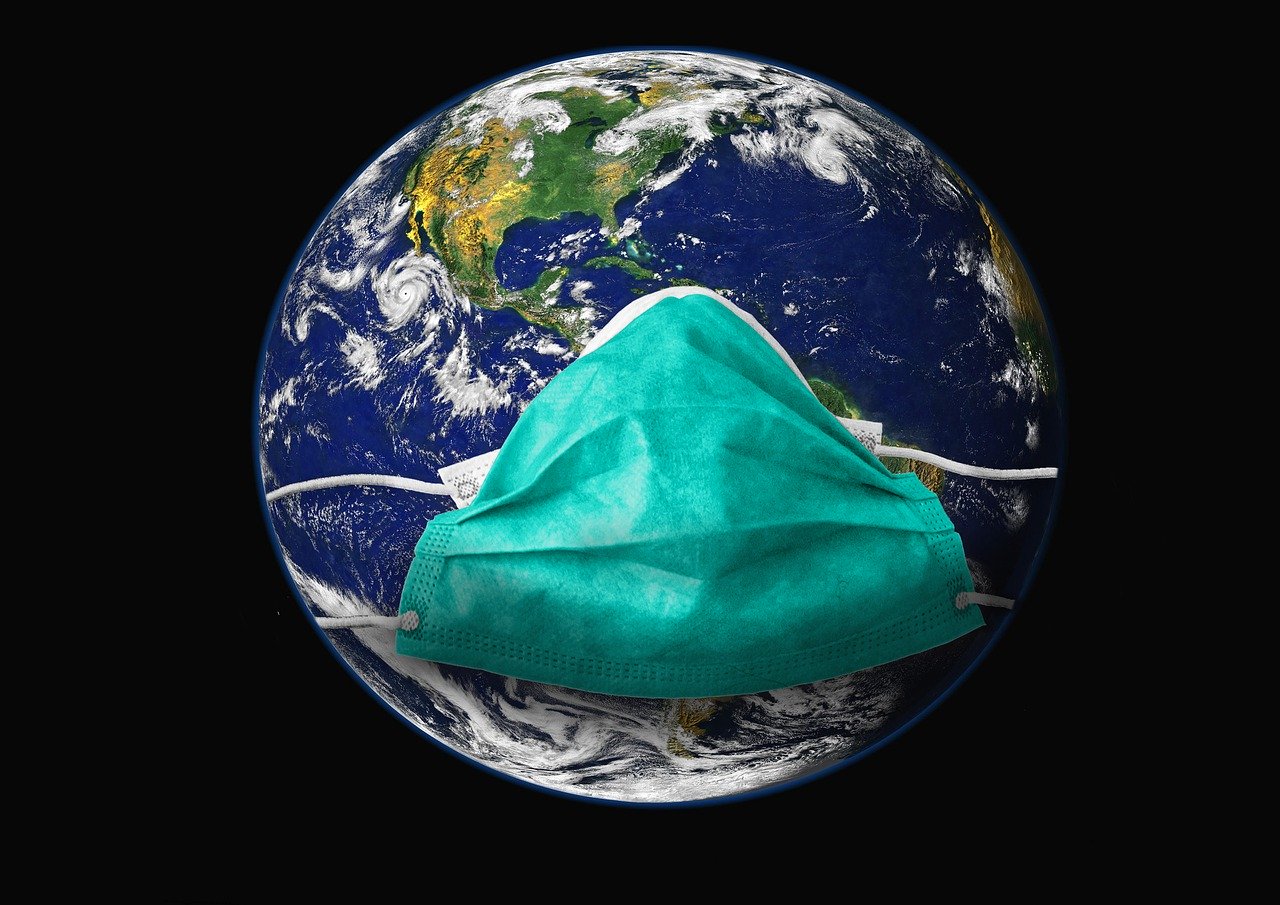
How governments worldwide support people amid COVID-19. Source: pixabay.com
Today they say watching a horror movie after the news program is a huge relief. Deadly stats are only a part of the problem. The pandemic named COVID-19 has brought global economies to a halt, while unprecedented quarantine measures are leaving thousands of people jobless. Isolation and absence of a steady income are increasing aggression, frustration, and depressive disorders, not to mention the fear of poverty. Thankfully, many governments are providing their citizens with both moral and financial support in these harsh times. Here are the most prominent examples.
China

Chinese stimulus incentives will differ from the ones applied amidst the previous crisis. Source: flickr.com
The country where it all started has been the first to get back on a regular business track. Local authorities and financial organizations are legally urged to implement favorable policies like offering subsidized loans to agricultural firms and small businesses, exempting social insurance payments and housing provident funds for corporate employers, deferring loan repayment deadlines for SMEs, and instructing local companies to make full use of these policies.
Chinese stimulus incentives will differ this year from the ones applied amidst the previous 2008-2009 economic crisis. To begin with, the total amounts are expected to be lower due to the high level of corporate debts. Currently, China’s corporate debt to GDP ratio is 156.7%, which is the highest in the world. According to Reuters, the Chinese government is considering spending up to RMB 2.8 trillion (US$394 billion) in local government special bonds to spur infrastructure investment. Though such a figure is significant, it is equal to a much smaller percentage of GDP than the 2008 stimulus.
The main target of financing is likely to be high-tech and sustainability enterprises such as big data centers, 5G infrastructure, charging stations for alternative energy vehicles, among other areas. A credit line of Rmb1 trillion will be given by the central bank to small lenders. Loan repayment conditions will be reviewed. The government also looks set to increase the fiscal deficit and allow local authorities to sell more infrastructure bonds.
USA

The USA is going to resort to its stimulus package policy. Source: shutterstock.com
The USA, on the other hand, is going to resort to its “good old” stimulus package policy that proved its efficiency against the recession aftermath.
The first stimulus checks to citizens with direct deposit bank accounts have already been arranged to arrive. On April 13, the IRS will begin processing the payments — up to $1,200 for individuals, $2,400 for couples and an extra $500 for children — and the direct deposits will hit millions of citizens’ bank accounts on Wednesday, April 15. The US Treasury Department is also planning to send paper checks to people without the direct deposit ability early next month, though some could take up to five months to reach recipients.
SEE ALSO: Stimulus checks in the US & how they may affect the economy
Moreover, The Federal Reserve announced an additional $2.3 trillion of the stimulus to be spent on loans to mid-sized businesses and the purchase of up to $500 short-term municipal notes directly from states and large counties. These municipal lending options will supply states and counties with funds sufficient to provide essential services to citizens.
UK
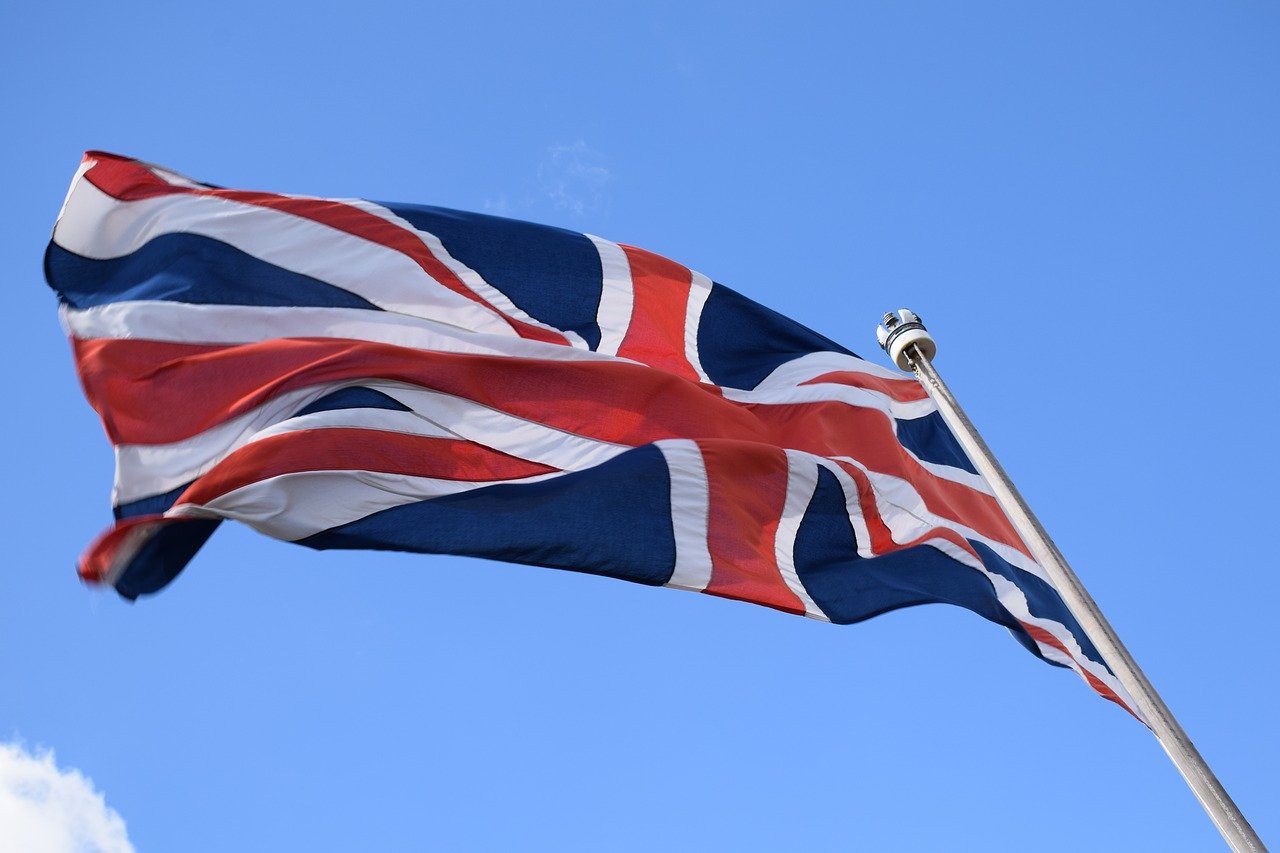
The UK announced the quarantine measures only on March 23. Source: pixabay.com
The country which has resisted the lockdown for a long while announced the quarantine measures only on March 23. However, the British government began thinking about supporting individuals and businesses even prior to that date.
Chancellor of the Exchequer Rishi Sunak announced the first actions back on March 11. The Bank of England lowered interest rates by 0.5%, allowed nearly $390 billion in new loans and allowed all banks to use the anti-crisis reserve called “counter-cyclical capital buffer”. Later it bought $228 worth of U.K. government bonds and corporate bonds while cutting interest rates by 0.15% to 0.1%.
The 2020 budget was composed considering the COVID-19 challenges. Namely, it included
- a fiscal stimulus totaling £30bn, including welfare and business support, sick-pay changes and local assistance,
- £1bn of additional funding, including a £500m local authority hardship fund,
- contributory Employment and Support Allowance (ESA) claimable from day one instead of day eight,
- removal of a minimum income floor for Universal Credit,
- £2bn of sick-pay rebates for up to 2m small businesses with fewer than 250 employees,
- £1bn of lending via a government-backed loan scheme, with government backing 80% of losses on bank lending,
- abolishment of business rates altogether for this year for retailers, in a tax cut worth more than £1bn,
- a £2bn injection for 700,000 small businesses (companies eligible for small business rates relief will be allowed a £3,000 cash grant),
- the planned rise in beer duty will be canceled, while duties for cider and wine will also be frozen,
- business rates discount for pubs will be £5,000, up from £1,000,
- reduction of the lifetime limit for relief from £10m to £1m.
On March 26 the fourth part of the financial aid brought £9 billion ($11 billion) of support for the self-employed. The stimulus payments will hit individual bank accounts within three months. The total sum of the emergency payouts announced so far has equaled £65.5 billion. The stimulus stands at about 3% of the national GDP. About 3.8 million workers from hairdressers to cleaners will be eligible for the grants to the self-employed.
Germany
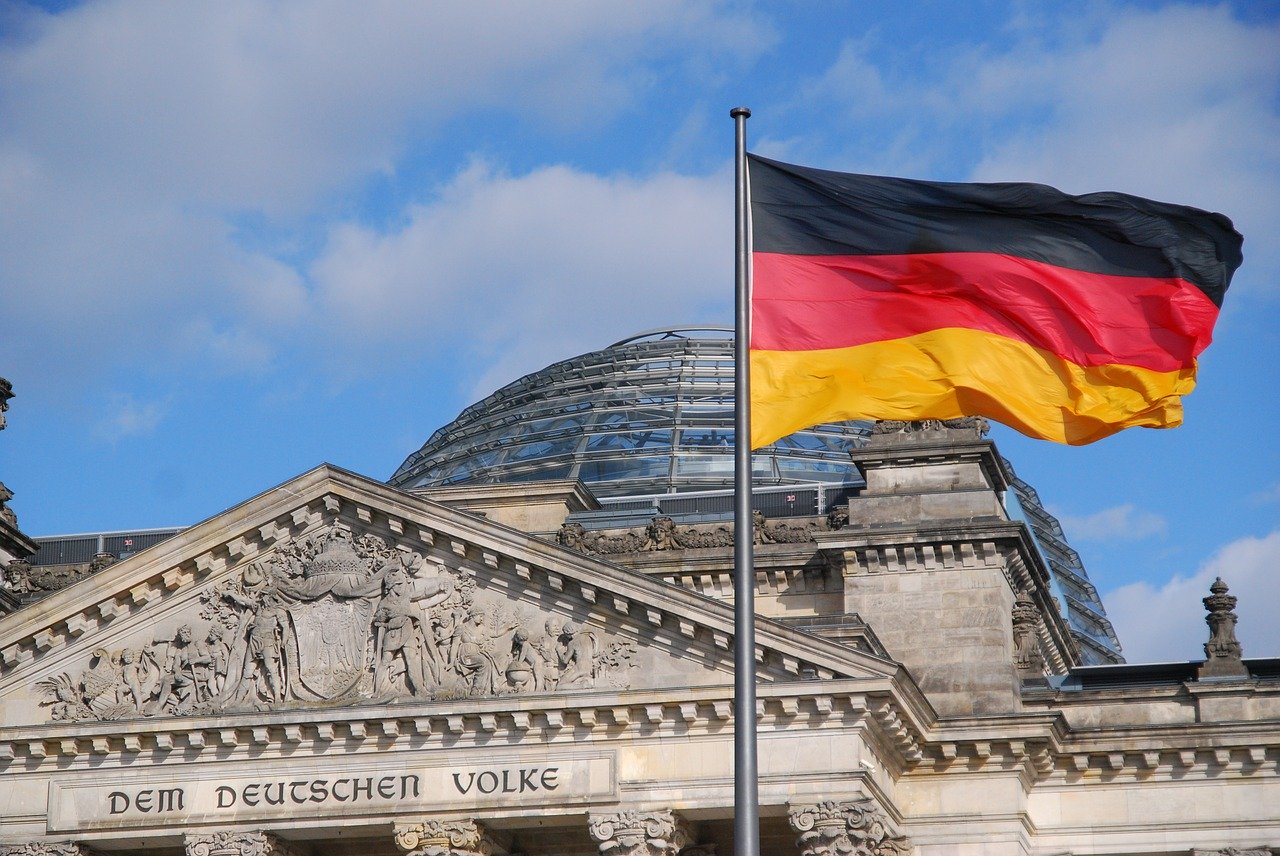
The Bundestag has approved an aid package too. Source: pixabay.com
The Bundestag has approved an aid package too. Its total amount is €750 billion ($814 billion). It has also announced a program by its state bank, KfW, to lend out as much as $610 billion to companies to cushion the effects of the coronavirus.
The supplementary budget completely financed by net new borrowing will include
- a €50 billion program to help small businesses and the self-employed threatened with bankruptcy, with direct payments of up to €15,000 ($16,225),
- a further €7.7 billion for social security protection for the self-employed and €3.5 billion for medical protection equipment and the development of a coronavirus vaccine,
- €55 billion for yet unknown fiscal measures to fight the pandemic.
The stabilization fund will offer €400 billion in loan guarantees to secure corporate debt at risk of default. The government has lowered the threshold for companies to apply for state aid under short-hours working, aimed at protecting workers against unemployment. The labor ministry expects this to cost up to €10 billion.
At the same time, the country’s politicians voted against a new unconditional credit line to be provided by the European Stability Mechanism — a joint emergency fund, as well as corona bonds used to tackle potential aggregate EU debt. A spokesman for the AfD said neither the coronavirus nor the euro can “justify that German taxpayers are bled for the debt of the whole EU.”
Italy
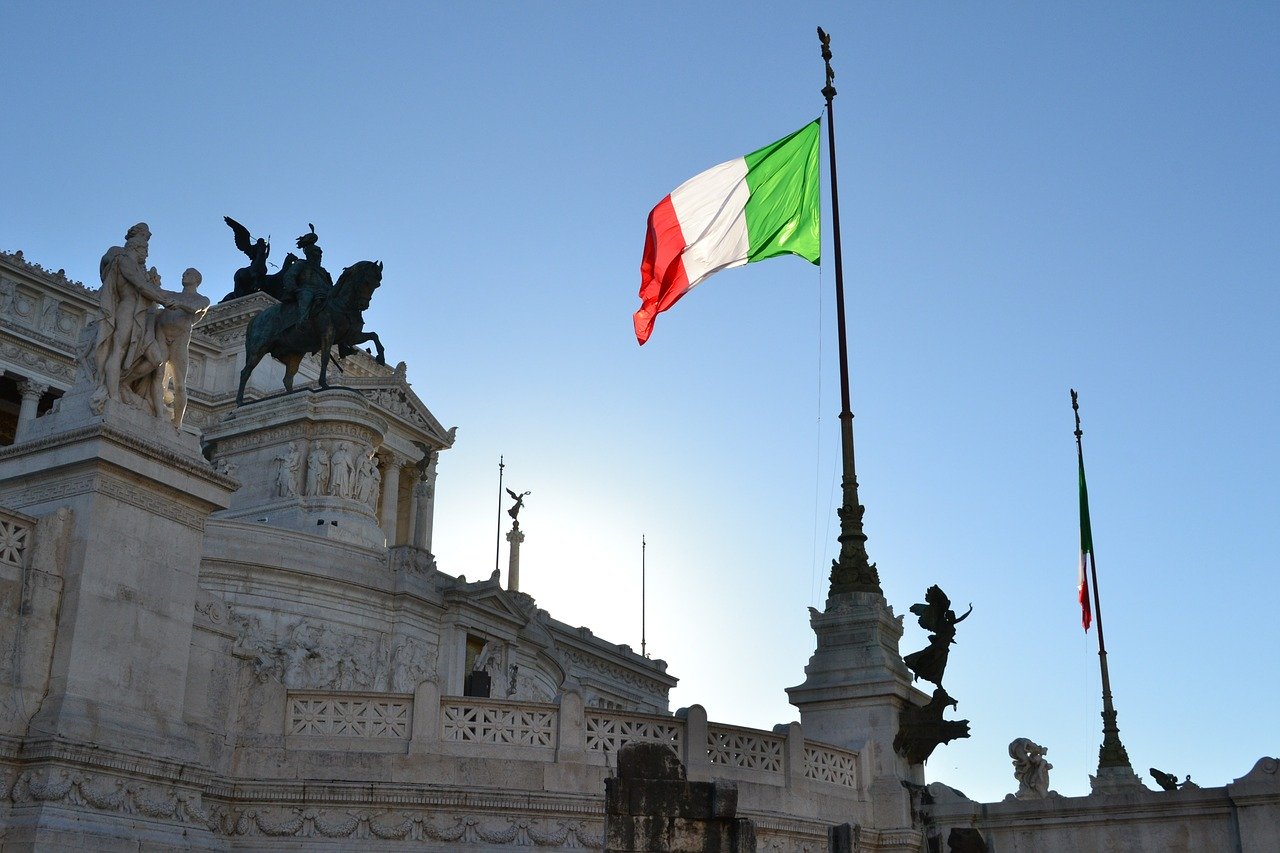
The aid presupposes increasing a fund guaranteeing loans to SMEs. Source: pixabay.com
The country with the largest epidemic outbreak in the Eurozone is sadly also Europe’s second-most indebted economy. The total amount of government aid here equals to €750 billion. The aid presupposes increasing a fund guaranteeing loans to small and medium businesses, financing companies hit especially hard by the virus, helping workers who are facing layoffs.
The money will guarantee loans to businesses in the country, covering 90-100% of the debt for smaller businesses, 70-80% coverage for larger firms with loans up to €800,000. Work taxes will also be suspended for the next two months, costing the government up to €10 billion.
Belarus
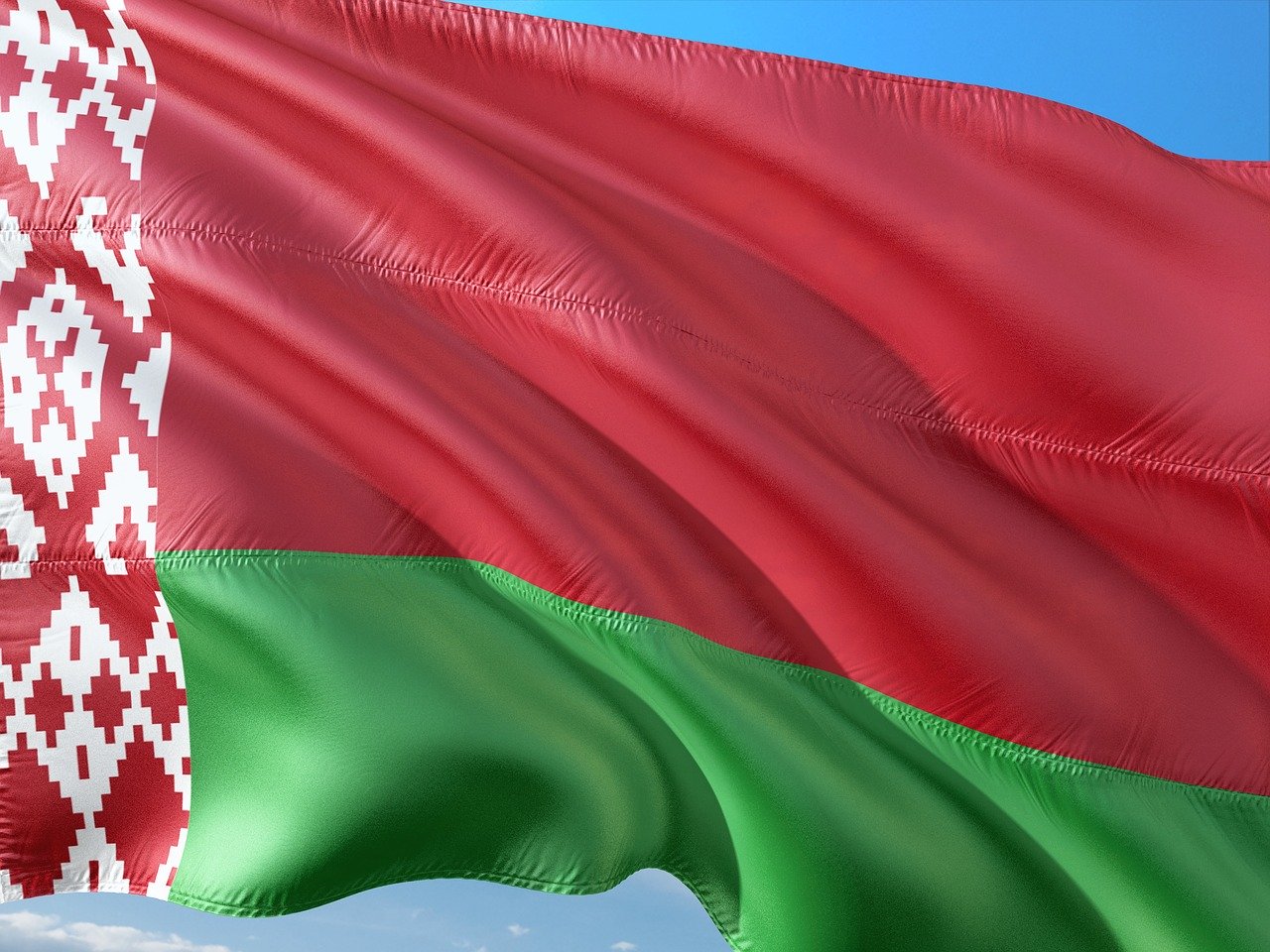
Belarus hasn’t announced a lockdown so far. Source: pixabay.com
While the whole world is frowning upon the risky strategy of the former Soviet Republic which hasn’t announced a lockdown so far, the country is approving the stimulus package too.
Although the country’s schools, businesses, and borders remain open, the government is preparing for the global impact of COVID-19. Belarus will spend about Br110 million ($40 million) to boost the domestic economy, according to Prime Minister Sergei Rumas. The set of measures to support the economy was submitted for scrutiny to the head of state. As estimated, there will be five stimulus packages providing for a number of monetary and prudential measures, support for the real economic sector and protection of the consumer market.
Japan
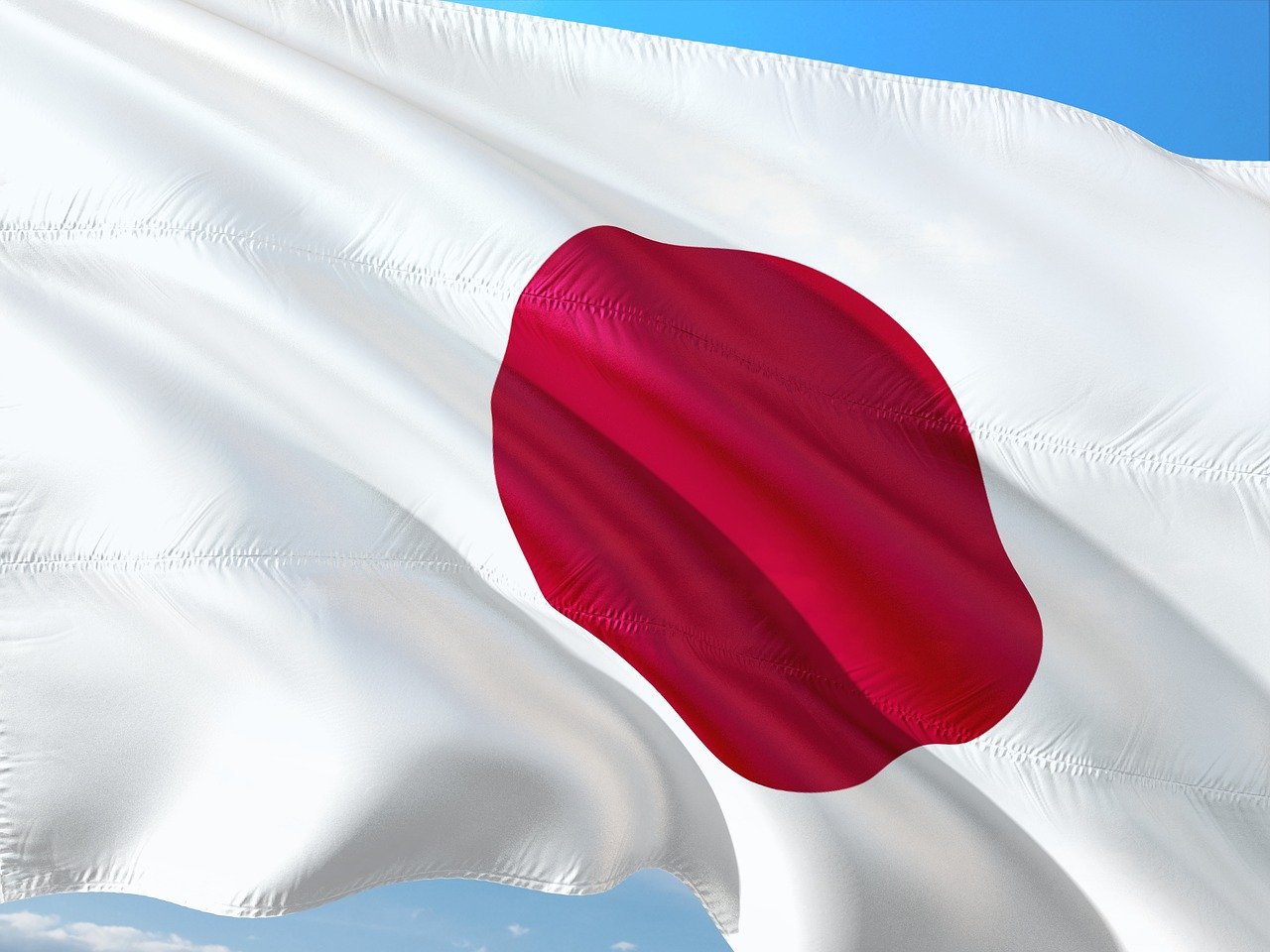
Japan declared a state of emergency. Source: pixabay.com
Japanese Prime Minister Shinzo Abe declared a state of emergency on April 7 to fight new COVID-19 infections in major population centers and unveiled a $1 trillion stimulus package to soften the economic blow.
Abe said direct fiscal spending would amount to ¥39 trillion or 7% of the economy, adding to its huge debt which is twice the size of its economy.
The expert opinions are split on one of the key policies designed to help affected households by providing them with ¥300,000 each. Some say the proposed measure appears to be lacking fairness and speed.
SEE ALSO:









